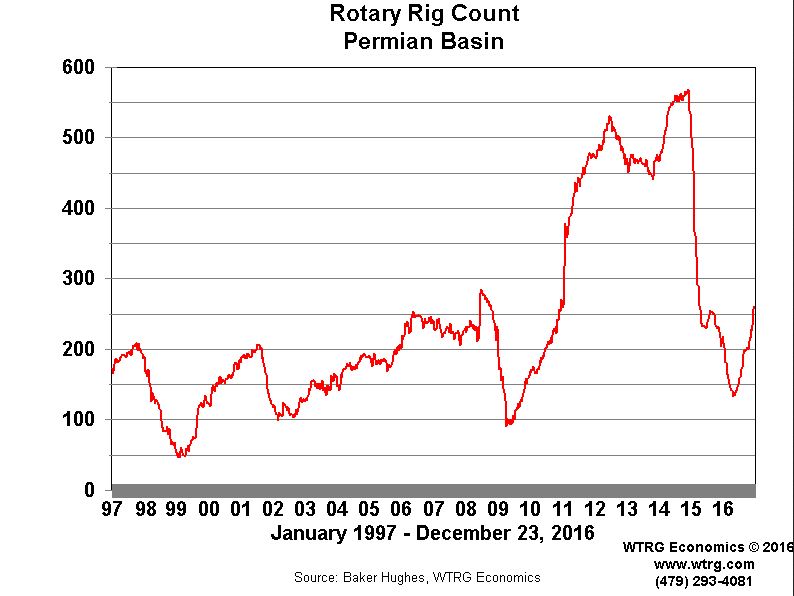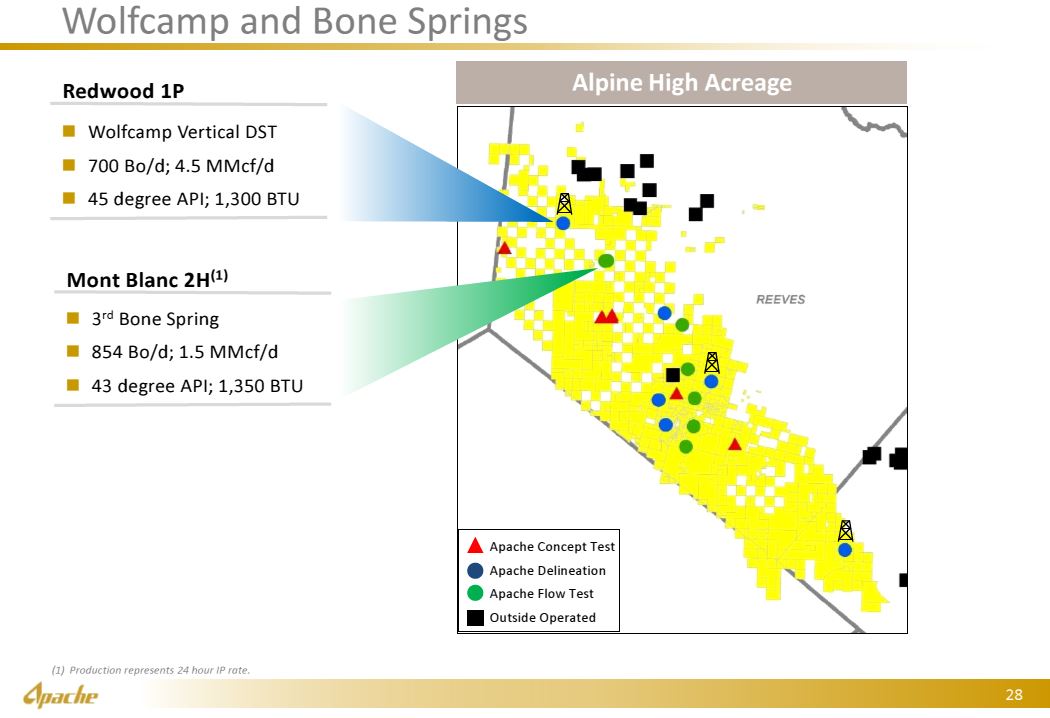I read an article today saying that Russia Today has been publishing articles critical of hydraulic fracturing in an effort to suppress U.S. shale production and help Russia regain its footing as the world’s largest gas producer. I had never heard of Russia Today, so I looked it up – on Wikipedia, of course. According to Wikipedia, Russia Today is a news TV and news network owned by the Russian government that operates stations out of Moscow and provides internet content in several languages, including Russian and English. It has been accused of being a propaganda outlet for the Russian government and spreading disinformation – now called “false news.” It has indeed published articles highlighting the alleged environmental dangers of hydraulic fracturing. Russia Today alleges that it has 70 million viewers.
In light of the recent news about Russian interference in the presidential election, it is interesting that the Russian government is also trying to influence U.S. public opinion for its benefit “in plain sight” with its news/propaganda TV and Internet presence.
 Oil and Gas Lawyer Blog
Oil and Gas Lawyer Blog




